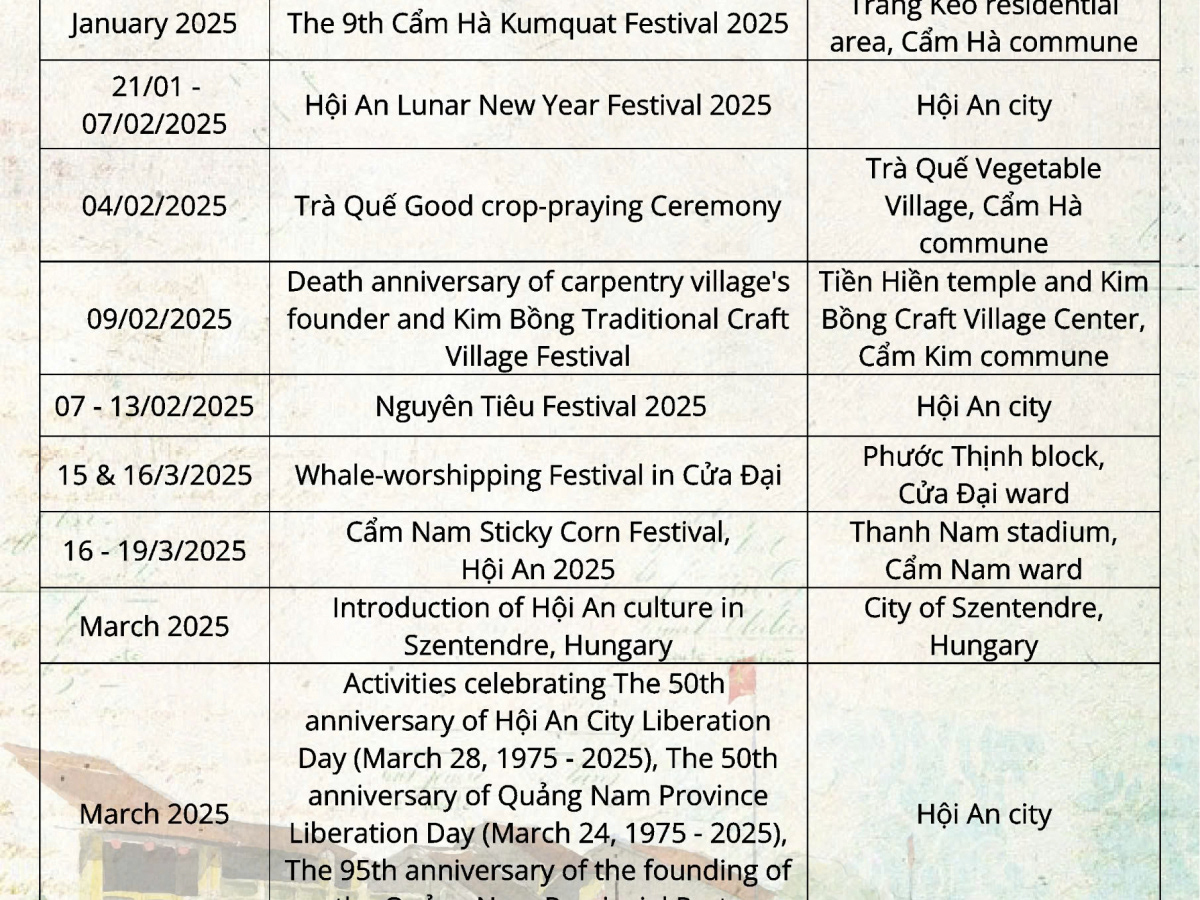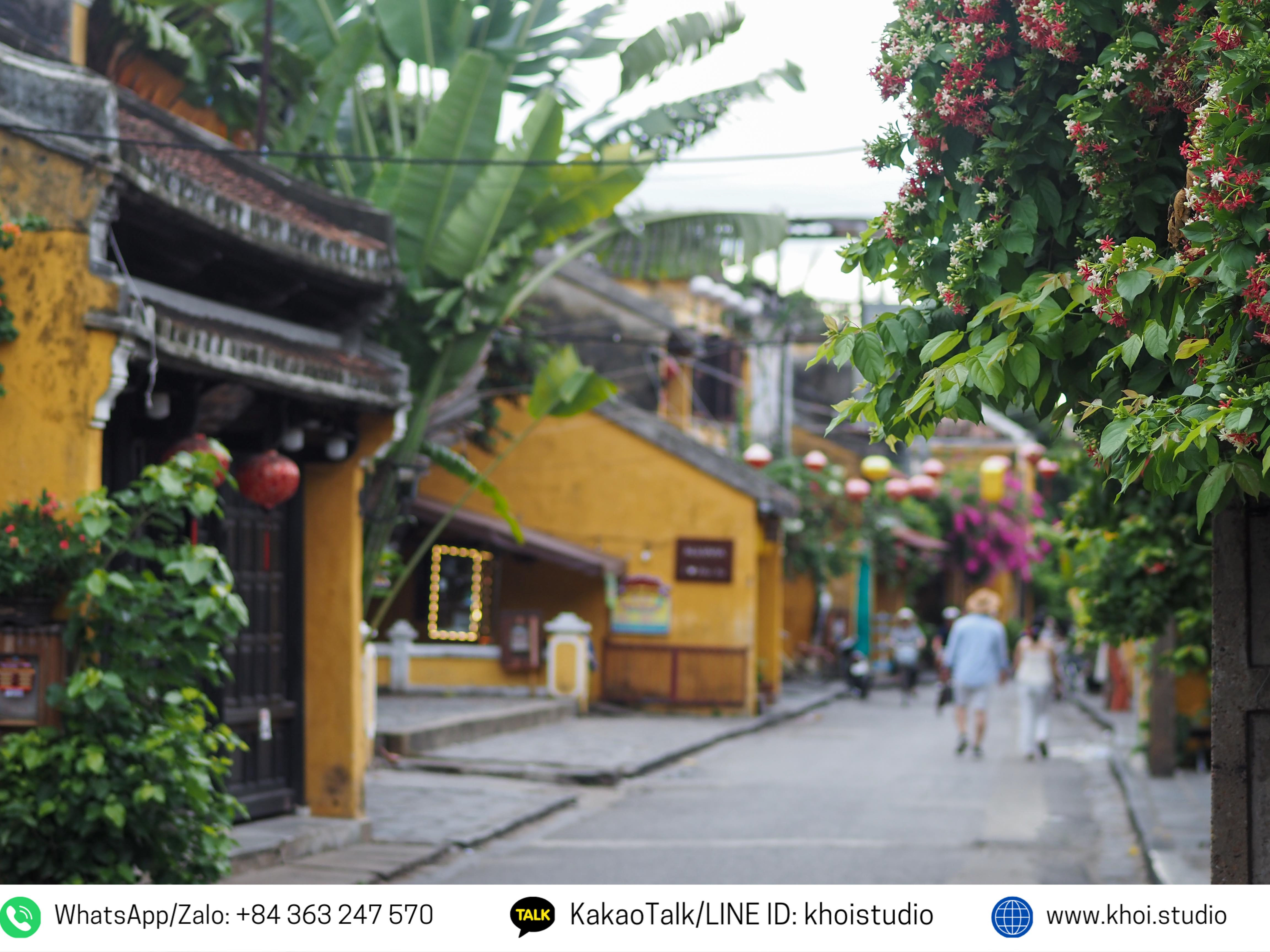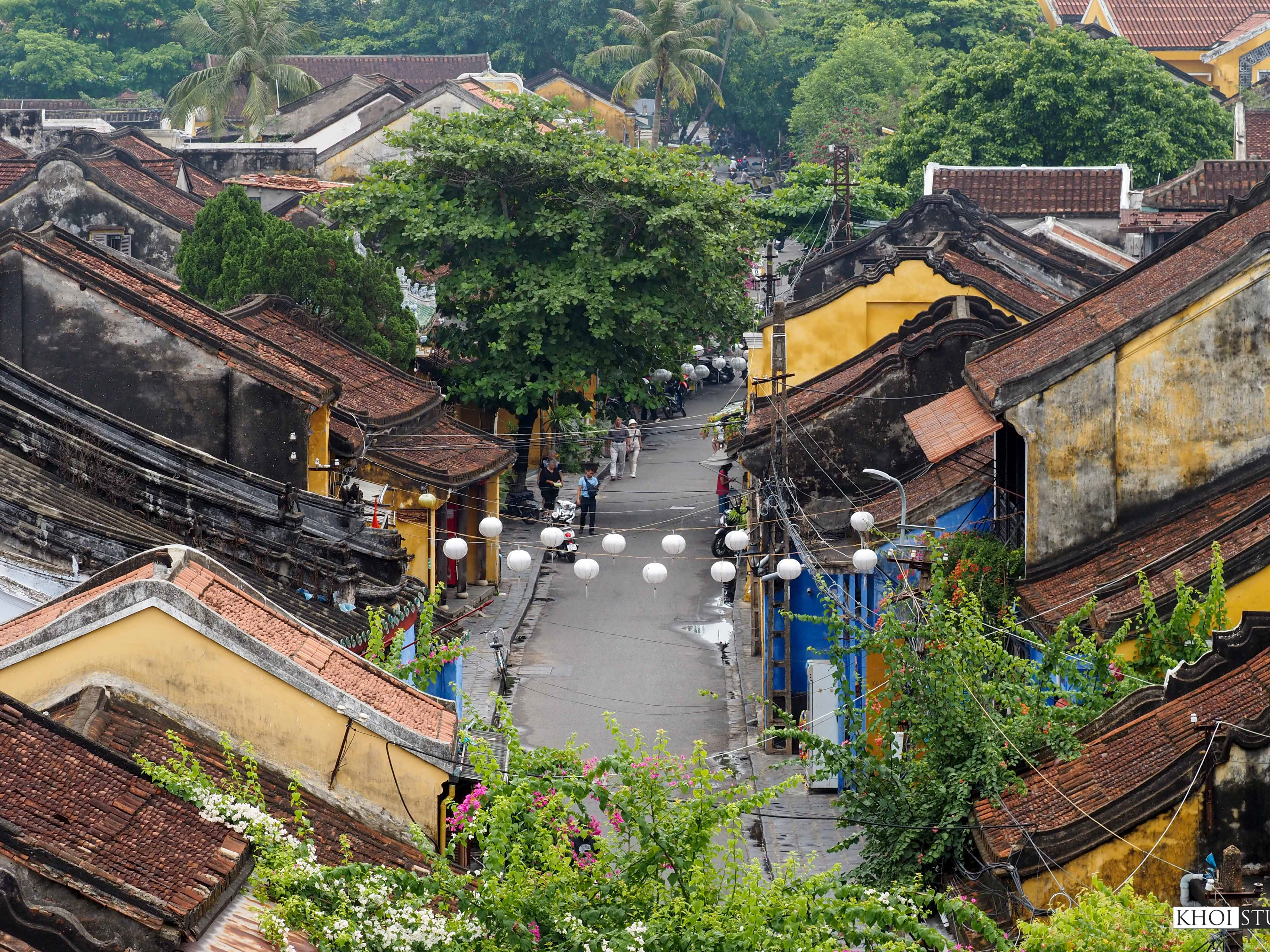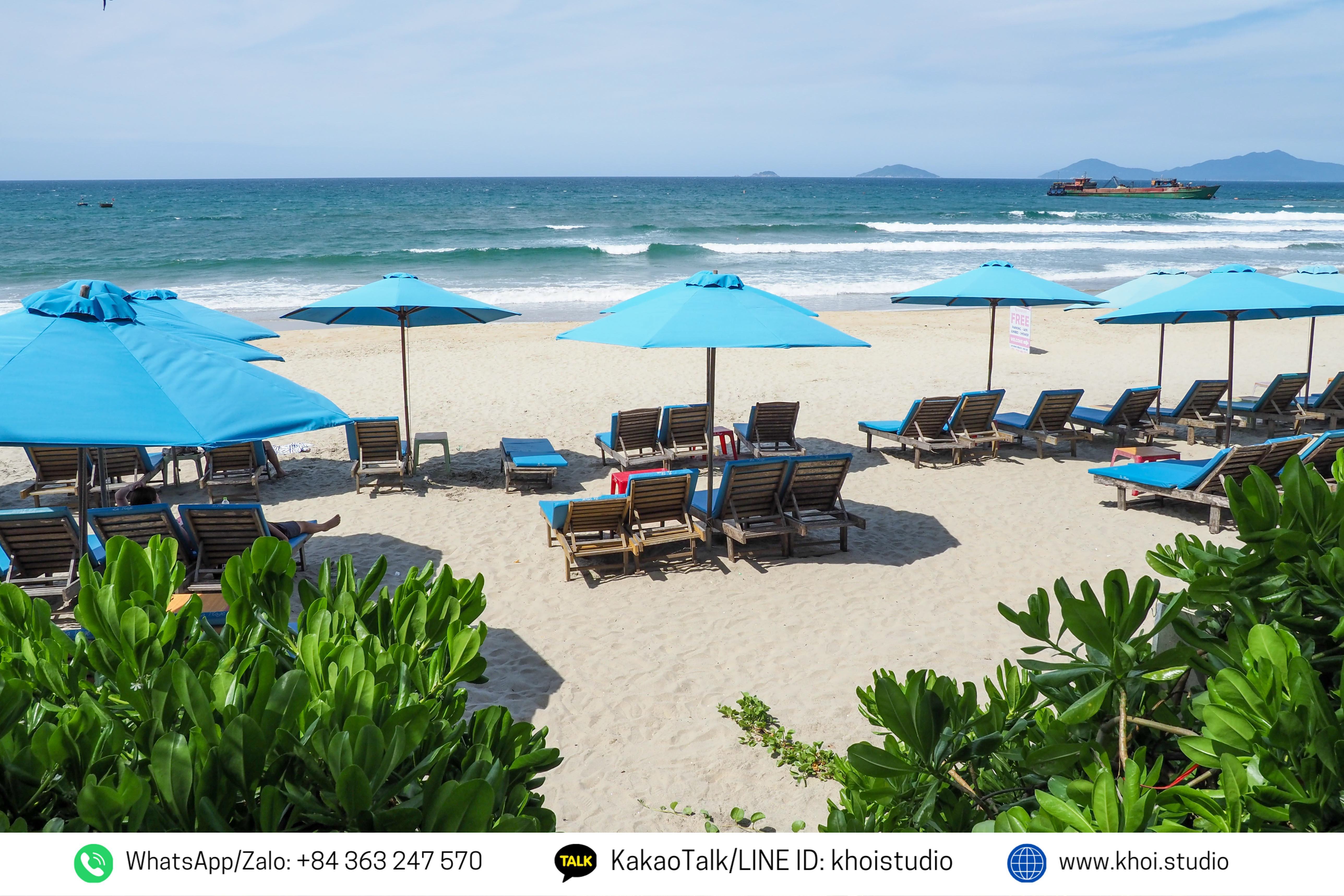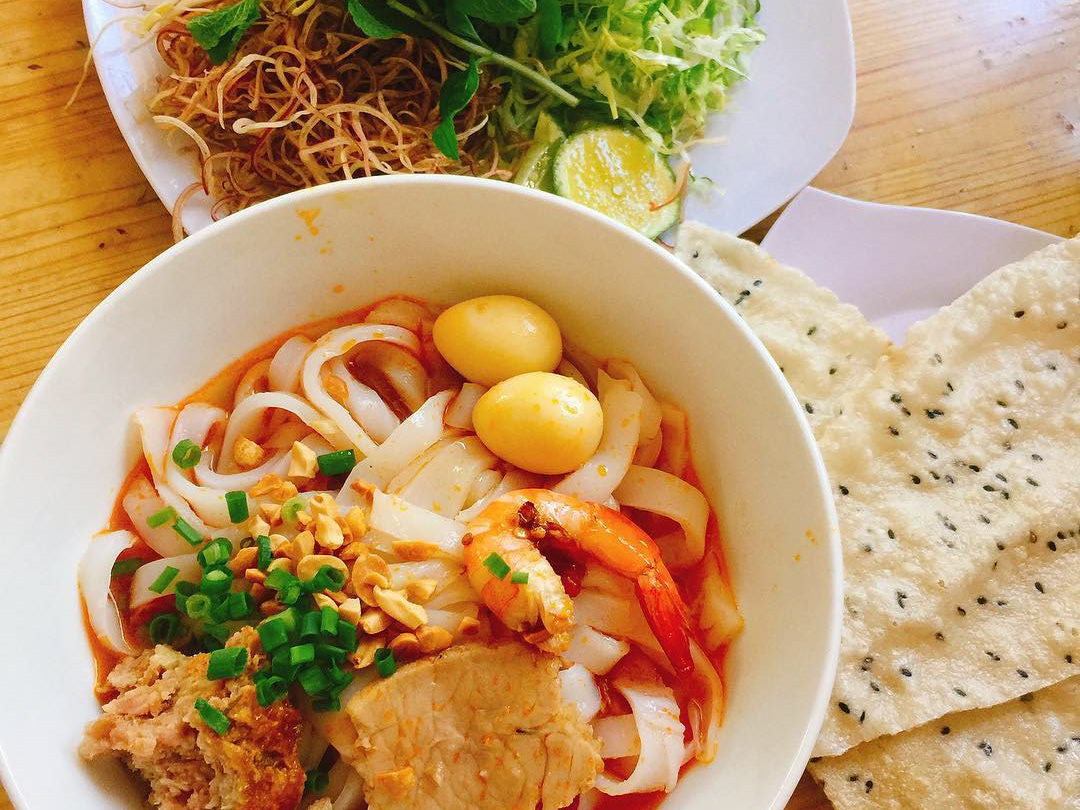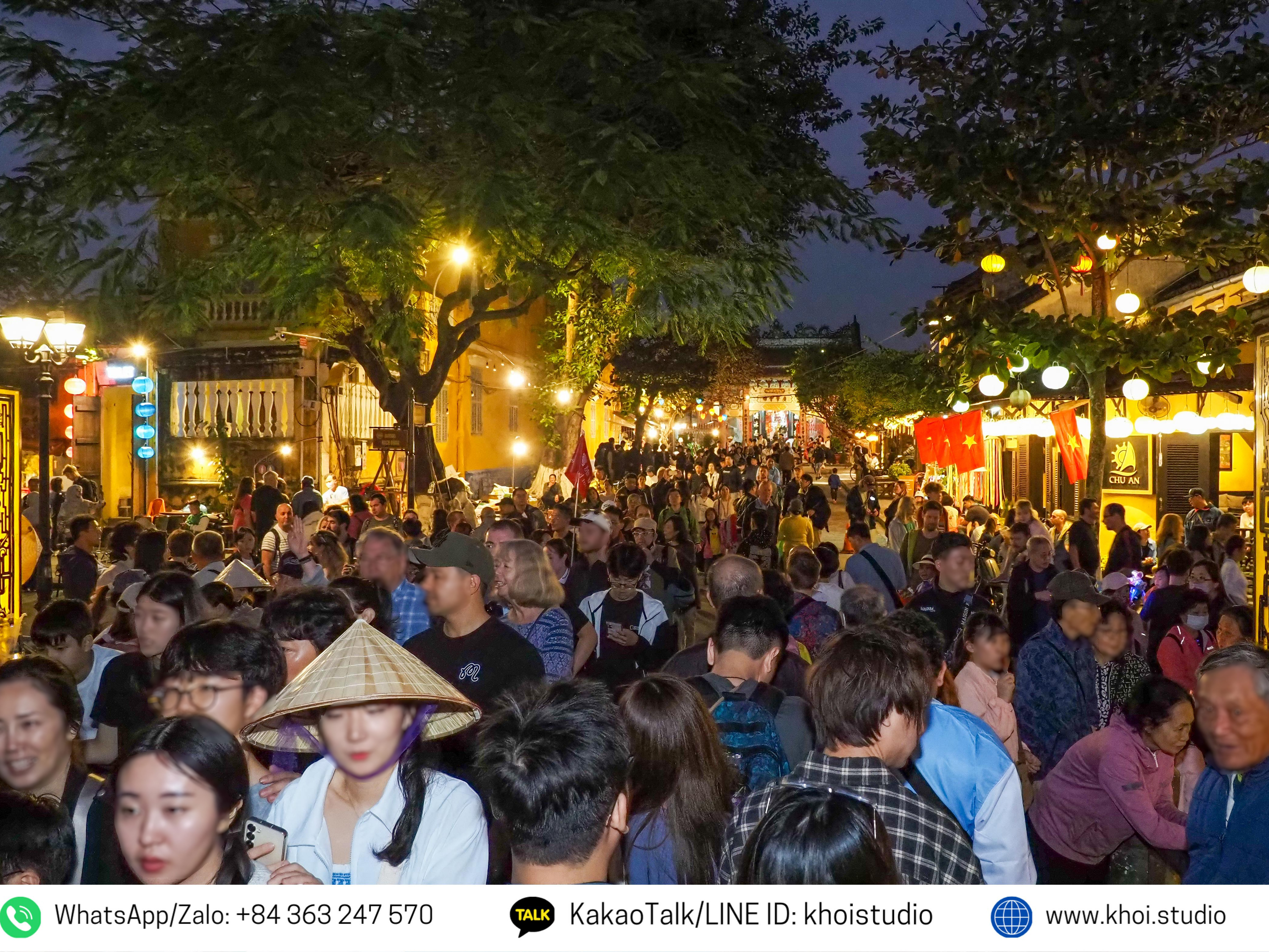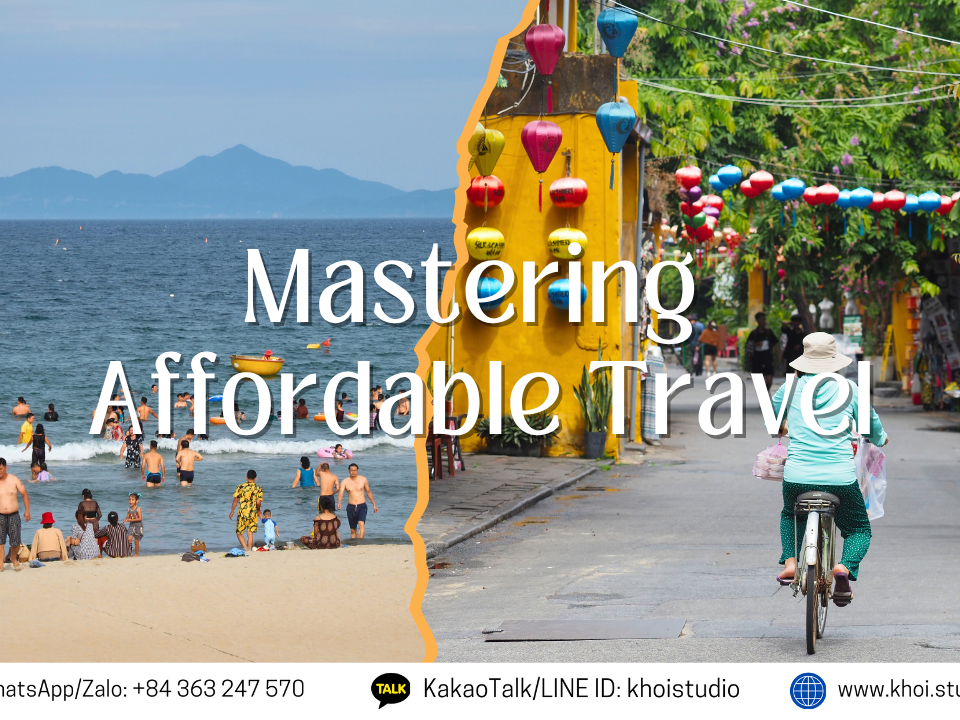Vietnamese seen on a street vendor in Hoi An ancient town. Image: Khoi Studio.
1. Lay the Groundwork Before and During Your Travels
Even before you're on the ground, or during your downtime, technology can be your best friend. Start with the fundamentals to make your real-world practice more effective.
Master the Tones and Pronunciation:
Vietnamese is a tonal language, meaning the meaning of a word changes based on its pitch. "Ma" can mean "ghost," "mother," "but," "which," or "tomb" depending on the tone. Ignoring tones is like speaking a different language altogether.
Listen Actively: Use apps and websites with audio from native speakers to train your ear. Mimic what you hear, even if you don't understand the words yet.
Exaggerate: When practicing, exaggerate the tones. It might feel silly, but it helps build muscle memory for the correct pronunciation.
Essential Apps and Online Resources:
Duolingo: A good starting point for basic vocabulary and sentence structure in a game-like format.
Memrise: Excellent for vocabulary acquisition, often using videos of native speakers to help with pronunciation and context.
VietnamesePod101: Offers a vast library of audio and video lessons for all levels, focusing on conversational Vietnamese.
Italki or Preply: Platforms to find affordable online tutors for one-on-one lessons. You can schedule sessions to fit your travel itinerary and get personalized feedback.
Ling App: A fun and engaging app with games and interactive exercises to keep you motivated.
2. Immerse Yourself: Turn Vietnam into Your Classroom
Once in Vietnam, your learning will accelerate exponentially if you actively seek out opportunities to practice.
Enroll in a "Survival" or Intensive Course:
Many language schools in major cities offer short-term, intensive courses designed for travelers. These "survival" courses focus on the practical language needed for everyday situations.
In Ho Chi Minh City:
Vietnamese Language Studies (VLS): Offers a "Survival Vietnamese" course perfect for tourists and short-term visitors.
LTL Vietnamese School: Provides flexible, intensive courses and even "survival kits" to help you settle in.
In Hanoi:
Let's Speak Vietnamese (LSV): Known for practical, fun lessons based on real-life scenarios and organizes cultural events.
Tiếng Việt Ơi: Offers a dynamic learning environment with a focus on practical communication.
Find a Language Exchange Partner:
Many Vietnamese are eager to practice their English and are happy to help you with their native tongue in return.
Meetup Websites and Apps: Check platforms like Meetup.com for language exchange groups in Hanoi, Da Nang, and Ho Chi Minh City. Tandem is another app to find local language partners.
Coffee Shops in Expat Areas:
Frequent cafes in areas like Tay Ho in Hanoi or Thao Dien in Ho Chi Minh City, where language exchange meetups are common.
Hire a Private Tutor:
For personalized and flexible learning, a private tutor is invaluable. They can tailor lessons to your specific needs and travel plans. Websites like Tutoroo have listings for in-person tutors in major Vietnamese cities.
3. Practice in Real-World Scenarios
The best way to solidify your learning is to use it. Step out of your comfort zone and start speaking!
In the Market (Chợ):
Markets are a fantastic place to practice numbers, vocabulary for food, and bargaining phrases.
Start simple: "Cái này bao nhiêu tiền?" (How much is this?)
Bargaining: "Đắt quá!" (Too expensive!) followed by a smile. You can then suggest a price.
Point and ask: "Cái này là gì?" (What is this?)
Ordering Food and Coffee:
Street food stalls and local cafes are your daily practice grounds.
The magic phrase: "Cho tôi..." (Give me...) followed by the name of the dish. For example, "Cho tôi một phở bò." (Give me one beef pho).
To get the bill: "Tính tiền!"
Compliment the food: "Ngon quá!" (Very delicious!) This is often met with a warm smile.
With Ride-Hailing Drivers:
Use your Grab or Gojek rides as mini-lessons.
Confirm your destination: Repeat the name of the place.
Basic conversation: "Bạn khoẻ không?" (How are you?) or make a comment about the weather.
4. Cultural Etiquette for Language Practice
Approaching locals to practice requires cultural sensitivity. Keep these tips in mind to ensure positive interactions:
Always Be Polite: Start with a smile and a "Xin chào" (Hello). A friendly demeanor goes a long way.
Ask for Permission: A simple "Tôi đang học tiếng Việt. Tôi nói chuyện với bạn được không?" (I am learning Vietnamese. Can I speak with you?) shows respect.
Show Appreciation: Always say "Cảm ơn" (Thank you). Locals will appreciate your effort, even if your pronunciation isn't perfect.
Don't Be Afraid to Make Mistakes: Vietnamese people are generally very understanding and encouraging of foreigners trying to speak their language. Laughter is a universal language, and they will likely be happy to help you.
Learn a Few Basic Courtesies: Using appropriate pronouns for people of different ages (e.g., anh for an older man, chị for an older woman, em for someone younger) shows a deeper level of respect. When in doubt, "bạn" (friend) is a safe, neutral option.
By combining digital tools with real-world immersion and a respectful attitude, you can quickly pick up the basics of Vietnamese and transform your travels from a simple vacation into a deeply enriching cultural experience.

